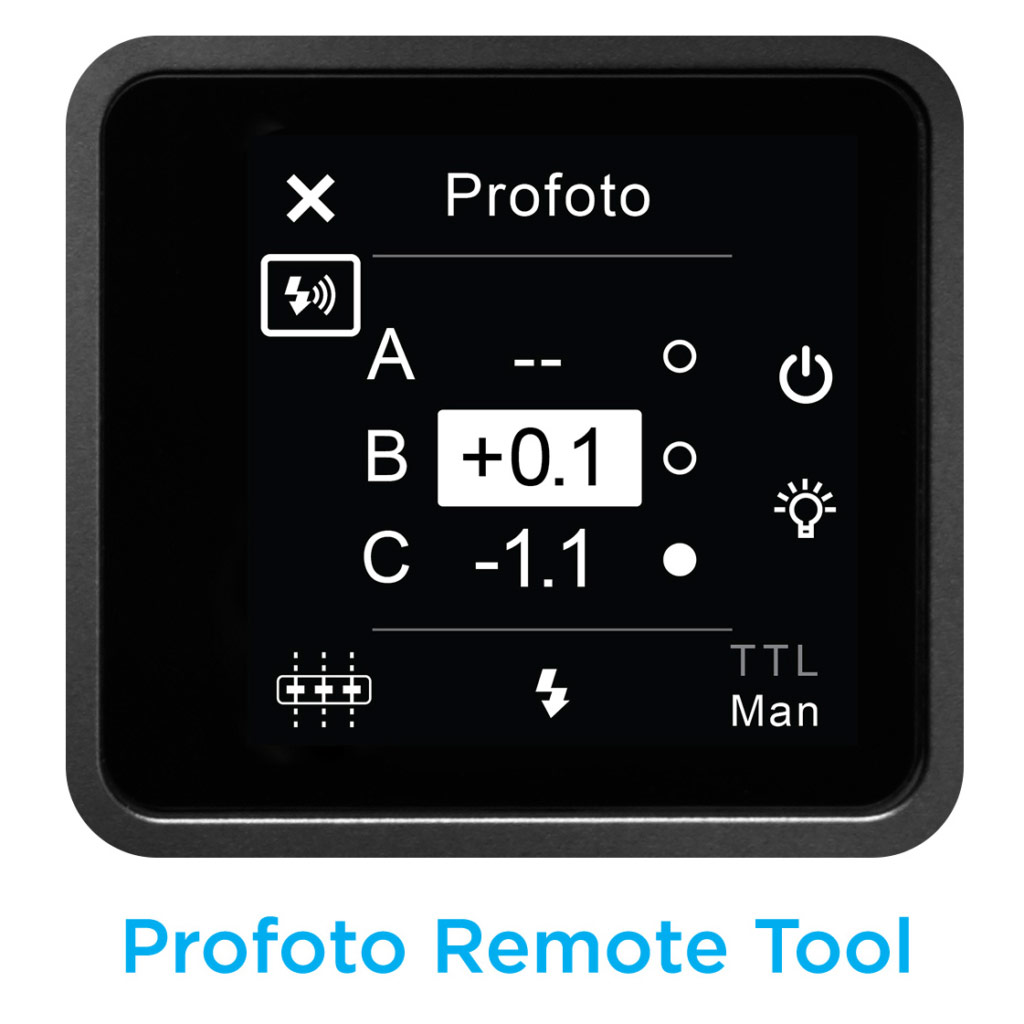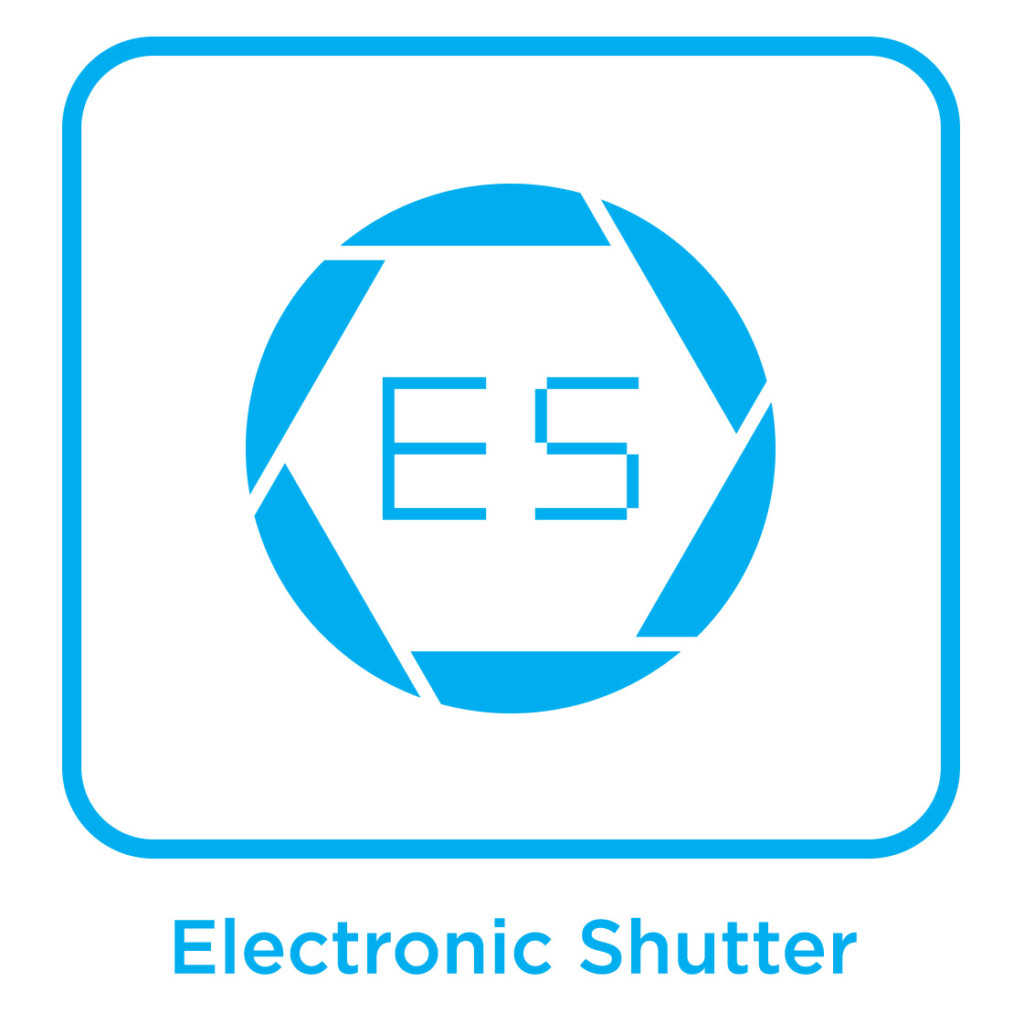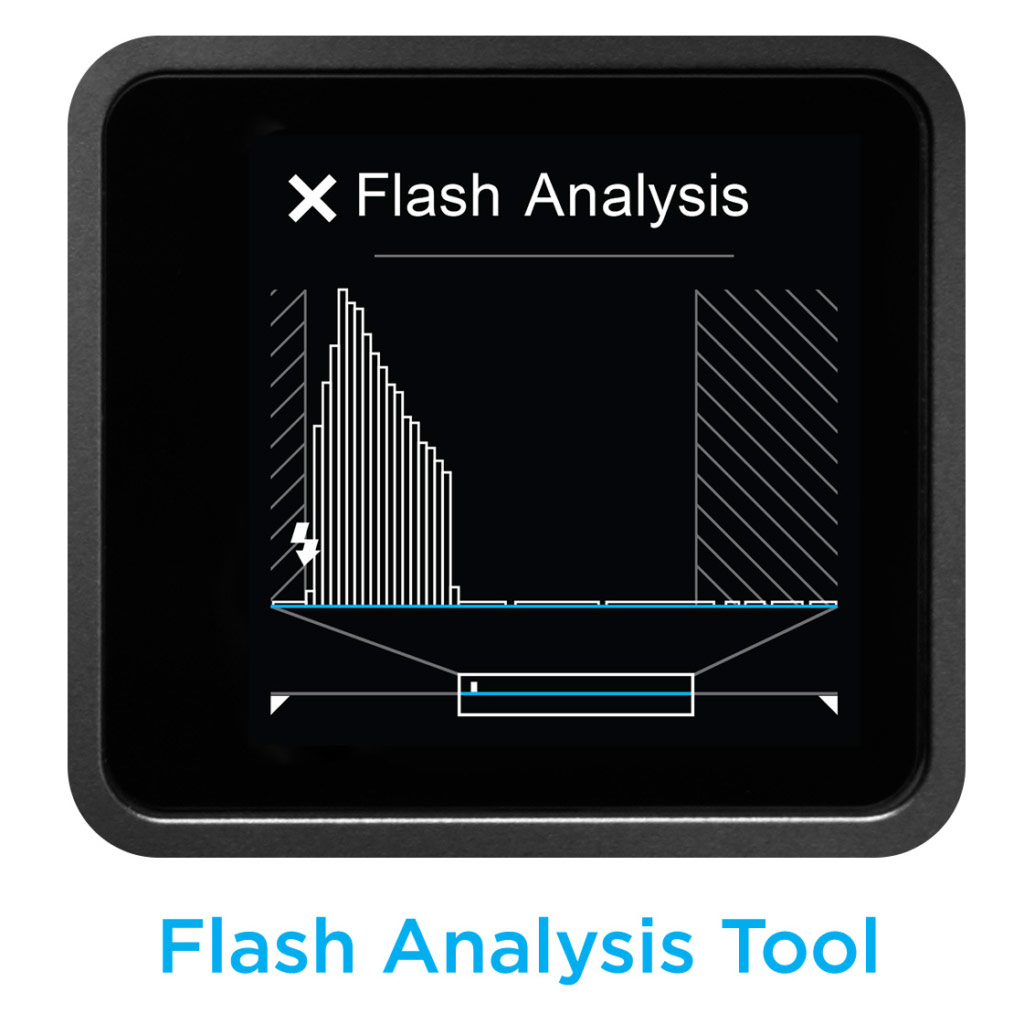Digital Transitions, Phase One, Tech Tips
XF Feature Update 3 – Overview
Summary: Flash, Electronic Shutter, and Customization
Feature Update #3 for the Phase One XF provides the following features, at no cost, to all Phase One XF users:
- Flash Related
- Profoto Air Manual Control
- Profoto AirTTL
- Flash Analysis
- Rear Curtain Sync (with custom trim)
- Shutter/Capture Related
- Electronic Flash (IQ3 100mp only)
- Control of Darkframe Behavior
- Bulb and Time mode
- Customization Related
- Save/Load Custom Setups to CF Card
- Icon Control (Show/Hide/Swap)
- Assign Hyperfocal to a hard button
- Download Now
If you have any questions, or would like to test any of these features please contact us to set up a demo, rental, or studio visit.
Book a Test DriveForeword: Phase One’s Long Term Philosophy
Most cameras made today are released with fanfare and quickly forgotten by their maker, dropping into obsolesce. Phase One has a different philosophy focused on long term platform development. Rather than release a new body every year, Phase One invested in creating a camera platform, the Phase One XF, that included all the hardware, sensors, and computing power would be needed, not just at launch, but for all the features on their multi-year roadmap.
In Feature Update 1 and Feature Update 2 Phase One added a bevy of such features including the Focus Stack Tool, Time Lapse Tool, Vibration (avoidance) Drive Mode, the Hyperfocal Tool, the Bullseye Level, and metadata tagging so that sequences (e.g. HDR, focus stacks, and timelapse) are grouped in Capture One. Today Feature Update 3 brings several new killer features, for free, to all XF owners. This includes features that use previously unannounced hardware capabilities.
Video Summary – Technical:
Feature Overview: Flash
Two previously-unannounced XF hardware capabilities have now been turned on to provide powerful new flash-related tools. The first is a flash meter with sophisticated capabilities. Until now it has simply been turned off, and has remained top secret. Now it provides the core information required for several powerful flash-related tools. The second is the full communication protocol for Profoto Air. At launch the XF was described as having Profoto Air “triggering” – but the hardware in the XF had significantly more capability, dormant and unmentioned at launch. Now it does more. Much more.

Profoto Air Manual Control – Like a Built-In Assistant
The Profoto Remote Tool allows a photographer to control Profoto strobes from the XF Camera LCD. The user can increase or decrease power, toggle the modeling light, or turn the light on/off. All six Profoto Air Groups can be controlled independently, or simultaneously by using the Master group.
By default three groups are shown (A, B, C) but the user can switch to showing all six Profoto Air groups (A, B, C, D, E, F).
Profoto AirTTL – “Automatic” for Pros
The Profoto Remote Tool also allows Profoto TTL. Many pros view TTL with skepticism. We understand; everyone at DT learned photography using fully manual lighting. But Profoto TTL allows the photographer to manually control the variables they care about, while TTL handles variables they don’t want to worry about. For example, the photographer can set the ratio of the lights, and the relative strength of the strobe vs ambient, and allow TTL to maintain those ratios. For instance, if the model steps toward a strobe, then TTL will automatically reduce the power of that strobe so that the exposure on the model doesn’t change. You define the look, the TTL holds that look as the shooting situation changes.
Previously, Profoto TTL has only been available for Canon and Nikon cameras, and only with a dedicated flash transceiver on top of the camera. Phase One is the first and only medium format camera to provide Profoto TTL and the only camera of any kind to build it into the camera itself.
Flash Analysis – Curve Visualization
Feature Update 3 allows the photographer to analyze the curve of flash visually, to analyze its timing, shape, and duration. Flash isn’t instant – it curves up in power output, peaks, and then curves down, and “flash duration” is the time it takes to discharge most of its power.
The Flash Analysis Tool produces a visualization of the combined curve of all strobes in a scene as seen by the camera. The amount of flash power is shown from start to finish of the flash, and the time during which the shutter was not fully open are indicated clearly as stripes. Comparing the flash curve to the shutter speed allows a quick-and-dirty estimate of the effective T1 flash duration. As needed the user can then experiment with different rear curtain offsets or different settings on the strobe(s), and check the impact on the effective flash duration. As described below, they can also offset the timing of the strobe to clip the strobe for a faster effective flash duration.
Look for a more involved article on flash duration we will publish later this year when the Profoto Pro 10 starts to ship.
Rear Curtain Sync – The Best Ever Implementation
In Feature Update 3 the XF allows for rear curtain flash sync, and allows the user to trim the exact timing. The default value mirrors the timing of most other cameras, but can be increased to accommodate slower flash durations, or decreased to shorten the flash duration by cutting off the exposure during the tail of the strobe output. This feature, when combined with the Flash Analysis Tool described above, and the native 1/1600″ flash sync of its Schneider LS lens line, makes the XF a powerful platform for strobe users.
Bit lost? To review, most cameras have had two fixed options for when within the exposure they will trigger the flash:
- First Curtain Sync: as soon as the shutter is fully open; the flash is the first light the camera sees
- Rear Curtain Sync: just before the shutter closes; the flash is the last light the camera sees.
Rear curtain is useful when trying to mix ambient and strobe to show a sharp subject, frozen by flash, at the end of their motion blur, rather than preceding it. But flash is not instantaneous, so it’s important what exactly is meant by “just before the shutter closes. For example, a strobe with slow flash duration triggered too close to the end of the exposure can lead to strange situations, where, for example, increasing the strobe power results in a darker image. Most manufacturers ignore this challenge, and select one arbitrary amount of time before the shutter closes. The XF is the first camera that I’m aware of that allows you to adjust that timing.
Pedantic note: we used the terms “front curtain” and “rear curtain” because they are widely understood. But technically the XF syncs with flash using a leaf shutter rather than a focal plane shutter with two curtains.

Electronic Shutter (ES) and Darkframe Behavior
Electronic Shutter (ES)
The Electronic Shutter (ES) feature allows the sensor itself to act as a shutter, without using any mechanical movement whatsoever. It will be most useful in vibration-sensitive types of photography like depth of field stacking and film scanning and in high volume environments (no mechanical movement means no wear and tear). But ES will also be a boon to Technical and View cameras because it can replace legacy Copal shutters. Because the ES is “rolling” it should not be used handheld, nor for for subjects with movement that transits much of the frame, but should work for subjects without dramatic movement such as leaves blowing gently in the breeze. Also, it cannot be used for flash at normal length exposures (since each line is starting/stopping the exposure at different times); though flash sync is possible at shutter speeds of 1.6″ and longer. In depth details can be found in our article: Phase One Electronic Shutter and Darkframe Control.
Darkframe Behavior Control
If you’ve ever taken a long exposure on a Phase One back (e.g. 10″) you may have noticed that the back requires extra time after the capture before it’s able to capture another image. This is because the back is capturing a “darkframe” or a reference of the heat and noise on the sensor. However, there are some kinds of photography, like startrail photography and timelapse which cannot tolerate a gap in time between long exposures. With Feature Update 3 the photographer can now select from [always] [as needed] and [never] as behaviors for the dark frame. We suggest most users leave this at the default setting, but for those photographers that need it, this provides greater control than ever. We will publish a more in depth article on the Dark Frame when we release our DT Time Lapse Tools, but you’re welcome to contact us in the meanwhile with any questions.
Bulb / Time Mode
As of Feature Update 3 the XF features a Bulb and Time mode. Bulb works like most modern cameras: the exposure lasts as long as the shutter is held down. Naturally a cable release, or using Capture Pilot wirelessly from your phone, would be advisable. In Time mode you begin the exposure by pushing the shutter once, and end the exposure by pushing again – no need to hold the button in between. Combined with the Vibration Delay feature (like a self-timer, but based on monitoring vibration rather than a fixed countdown) this can be used without a cable release, but a cable release or Capture Pilot are still good ideas.
These were glaring omissions from earlier firmware. Previously you could approximate a Time mode by starting a specific-length long exposure (e.g. 1 hour) and tapping “stop and save” part way through, but a Bulb/Time mode is a more logical way of accomplishing this, especially for those coming from a traditional film photography background.
![]()
Customization
Save/Load Custom Setups to CF Card
The XF has always had the ability to save all the custom settings (camera mode, which buttons are assigned to do what, what tools are shown/hidden) into a user bank. In Feature Update 3 these can now be saved to or recalled from a CF card. We have many clients who rent Phase One XF kits from us several times a month. At the end of their shoot they can now save their settings to a card, and load them up at the start of their next rental. Similarly a digital tech can keep a CF card in their Go Bag and load settings for a particular client.
Icon Control (Show/Hide/Swap)
As the Phase One XF gains more features it’s even more important for the user to be able to show/hide what features are shown. In a previous Feature Update Phase One added the option to add/remove the Tools – the screens that the user sees when dragging a finger left or right on screen. For example, the Focus Stacking Tool is invaluable for a product photographer, but of little value to a wedding photographer, so the later could remove this Tool from their Custom Setup. In Feature Update 3 Phase One has added the ability to add/remove/swap the small Tool Icons in the pallete at the bottom of the screen. For example, all the new Flash features (e.g. Profoto Manual Control and Flash Analysis) can be added along the bottom for quick access by a product shooter, or hidden by a landscape photographer.
Assign Hyperfocal to a hard button
Hyperfocal focusing is used in landscape photography and other situations to focus the camera such that the last thing that’s in focus is infinity. This is much better than focusing at infinity (e.g. point at the horizon and autofocus) wherein half your depth of field is wasted past infinity. In earlier Feature Updates the XF gained a Hyperfocal Focusing Tool. Now in Feature Update 3 they’ve added “Hyperfocal” to the list of actions you can assign a hard button.
Once setup you can now pull a camera out of a bag, turn it on, hit a single button, take a picture, and know that the camera is perfectly focused such that infinity is sharp and as much of the foreground is sharp.
Don’t need hyperfocal focusing? The feature itself is called “hyperfocal” but at its core it is just storing and recalling a specific distance of focus. It can be used for recalling other focus distances using a single button push. For example, for a fashion show you could set the front of the catwalk to a specific button. Or for museum/library work such as fine art reproduction you can set the focus distance that corresponds to 600ppi and recall it as needed. Or a street shooter can set the focus to, for instance, 6 feet, so that they can focus to that distance discretely (e.g. from the hip).
What if you Don’t Use Profoto?
Well, first, consider switching. As Profoto dealers we are a bit biased, but with the newly announced Profoto D2 and Profoto Pro 10 packs Profoto has pushed the limits on fast flash duration on lights that are consistent, reliable, and all around amazing to use. This firmware definitely most benefits Phase One users that work with Profoto lighting.
That said, Profoto Air is a simple triggering protocol (like PocketWizard), and can be used with any light by attaching a Profoto Air remote; in fact some Hensel models have Air built in already. Profoto Air TTL on the other hand is more complicated and only works with Profoto Air TTL compatible lighting.
Moreover Rear Curtain Sync (with custom offset) work with any flash whether triggered by Profoto Air, PocketWizard, some other trigger, or a sync cable plugged into the XF.
Feedback and Requests
We really enjoy announcing Feature Updates for the XF, because so many of the features they contain have come directly from requests we have made on behalf of our users. If you have a feature or tweak you’d like to see on the XF suggest it below and we’ll pass them to Phase One R+D. Or come to our 13-year Photo Expo Kickoff Party where Phase One’s CEO VP, and R+D team members will be mingling with our clients. If they drink enough of our signature DT Blue Cocktail you may even get them to share some of their roadmap.
Suggest Something for Feature Update 4Contact Us
Download
Phase One IQ users can download the firmware package for the IQ and XF from phaseone.com. Leaf Credo users can download the firmware package from mamiyaleaf.com/firmware.html
Final Thoughts
Imagine if this article was titled “Phase One releases XF Mark 2 with enhanced strobe control, TTL, electronic shutter, dark frame control, and better UI” – this would be totally expected, and in fact, still quite exciting. These are significant improvements for a variety of kinds of photography and would easily justify a new camera model.
Instead, all of these features are being released for existing users, at no cost. Even better, there are more Feature Updates to come. It’s truly an exciting time to be a Phase One user.

